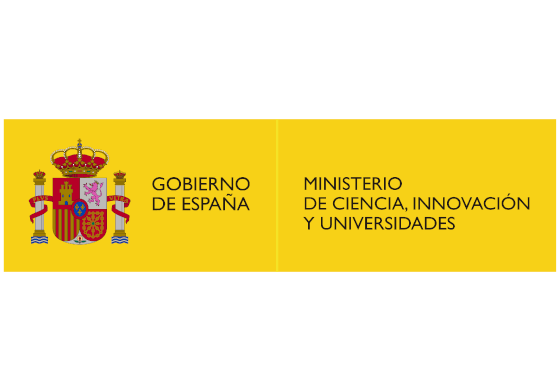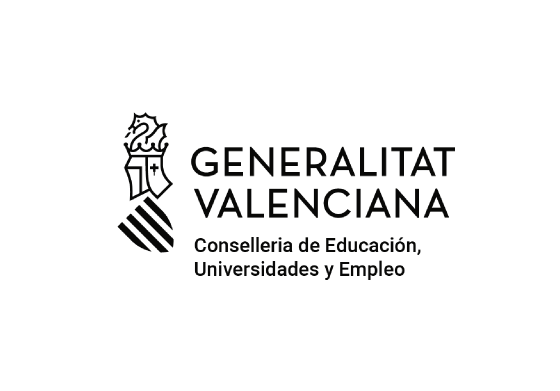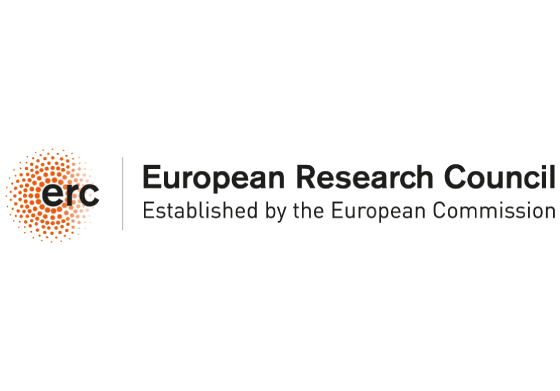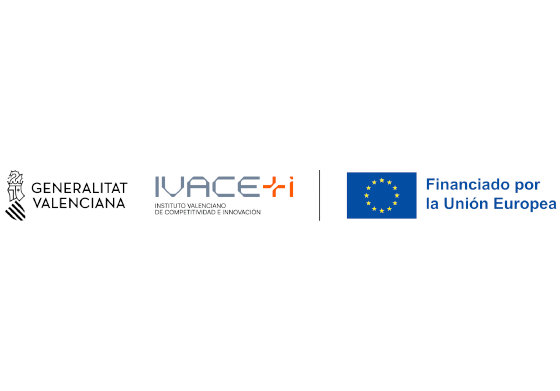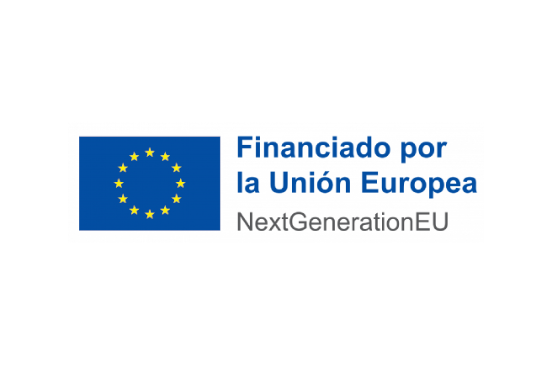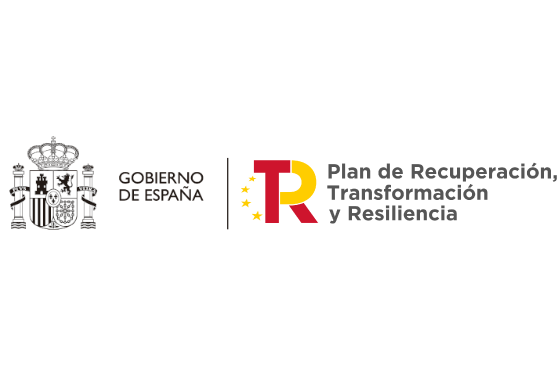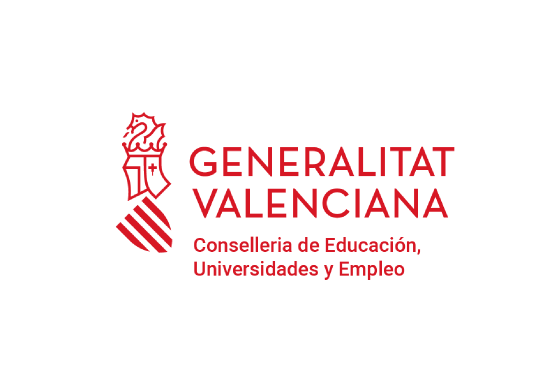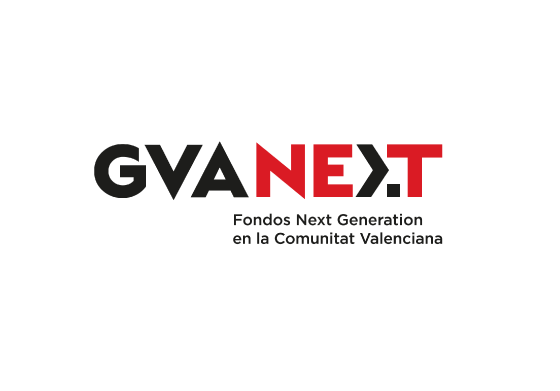Where: Sala de Graus TD0112FR
Presented by: Juan Ignacio Climente Plasencia
The cost of electricity produced from a photovoltaic system depends directly on the efficiency of the solar cells. Therefore, increasing solar cell efficiency is a key driver of innovation which gives rise to the category of ultra high efficiency (aka 3rd generation) solar cells. This category includes performances that exceed the equivalent single pn-junction SC, governed by the fundamental Shockley-Queisser limit. I will review three modern PV concepts, which offers this potential: (i) the intermediate band solar cell (IBSC) with maximal predicted efficiency 63%, which captures a greater fraction of the incident solar spectrum via a narrow band of electronic states within the semiconductor band gap. Those states are induced by the InAs/GaAs QDs in periodic array arrangement. Moreover, such benefit can be fully exploited under concentrated sunlight. (ii) The multi exciton generation (MEG) SC, that can capture the solar energy transferred to a hot exciton in order to generate several cold excitons elevating theoretical efficiency to 42%. The application of non-toxic colloidal Cd-based core/shell QDs can be of particular use for the realisation of concept via reducing the MEG threshold by the bound bi-exciton states. It also offers extra degree of freedom in designing the electronic and dielectric confinement of charges as well as its coulombic interactions. And (iii) the multi-junctions solar cells (MJSC), which is the only concept with proven efficiency of 45% and beyond; shown outside laboratories inside small industrial settings. It is due to unique abilities of the concept that can tailor its absorbing abilities to match the sun spectra (spectral matching).
Along the line I will review methods of quantum physics and chemistry, second quantisation, correlation among fermions, configuration interaction, group symmetries, AI, as well as their HPC implementations that can help design and understanding of those novel PV concepts.

